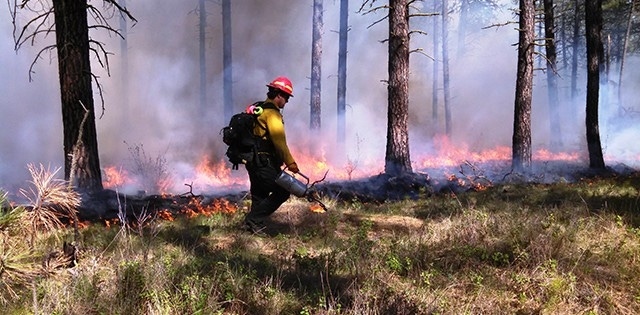Subscribe to Our Newsletters
Feedstuffs is the news source for animal agriculture
Decades of fire suppression efforts have increased density of trees and other fuels in headwater forests to uncharacteristically high levels.
September 22, 2017

You May Also Like